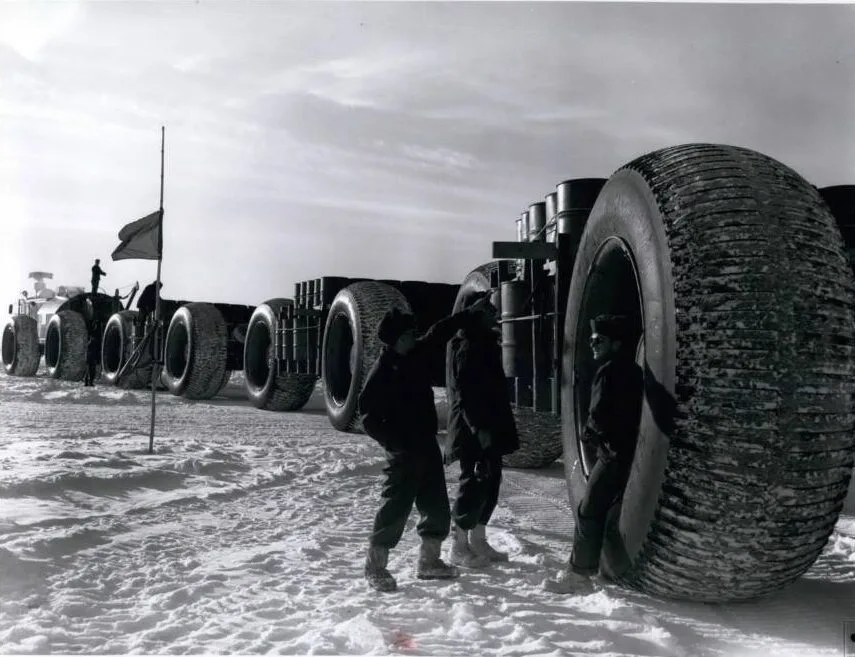
Beneath Greenland’s ice, a secret city built for war and science is suspended in time, and its past is unveiled today by NASA’s latest radar. The rediscovery of Camp Century, where the world’s first portable nuclear reactor was located, has ignited controversy again over Cold War ambition, environmental risk, and the old mysteries of the Arctic. What was once a clandestine military camp has turned into a centre for climate science and international policy, its past revealed in the guise of engineering marvels, environmental hazards, and an Aladdin’s cave of ancient mysteries locked in ice. This listicle explores the most fascinating facts on Camp Century in the past and present, combining fresh scientific data with vestiges of geo-political intrigue. Readers learn of a history of invention, control, and unexpected lessons in a frozen city under the ice.
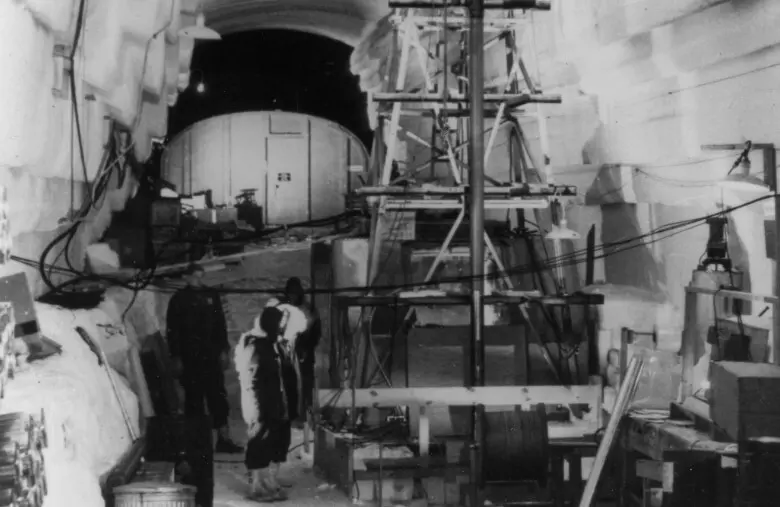
1. NASA Radar Discovers a Neglected Cold War City
NASA’s Gulfstream III jet aircraft, with cutting-edge UAVSAR radar in April 2024, detected geometric shapes far beneath Greenland’s ice. At first, they appeared natural, then sharpened into an expansive tunnel network and rooms a city-scale military complex trapped in Arctic ice. As NASA’s Chad Greene describes, “In the new data, individual structures in the secret city are visible in a way that they’ve never been seen before.” This precise mapping not only confirmed the location as Camp Century, but provided a never-before-seen three-dimensional outline of its enormous infrastructure. The resolution of these radar images revitalized a blurry Cold War relic and made it an accessible, physical monument to technological excess and environmental responsibility. NASA’s radar survey is now a map of all future Arctic exploration and monitoring.
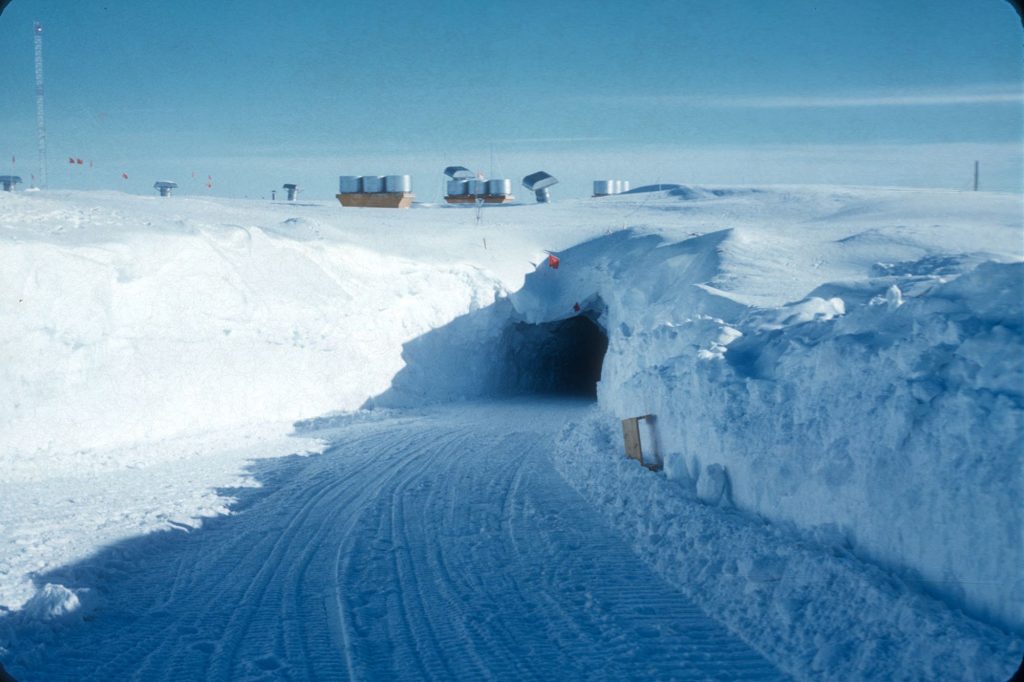
2. Camp Century: Arctic Engineering Miracle
Camp Century was developed as a bold experiment in Arctic engineering. The Americans built it in 1959. Army Corps of Engineers, the camp included nearly 3,000 feet of central tunnel and over 10,000 feet of tributary passageways, all dug beneath 40 feet of ice. The camp included living space, laboratories, a chapel, and even recreation facilities, accommodating up to 200 men in one of Earth’s most hostile environments. The pièce de résistance was the PM-2A nuclear reactor, its components airlifted in on C-130s and assembled on site. The reactor supplied heat and power, enabling a level of comfort and scientific effectiveness unimaginable in such a remote place. According to Popular Science at the time, Camp Century was “home sug, comfortable and warm” for 100 scientists, engineers, and soldiers. Construction and operation of the base set the gold standard for polar logistics and nuclear technology, with uses continuing to shape Arctic infrastructure development today. The US Army’s venture into nuclear power in a portable package remains a case study in both potential and risk.
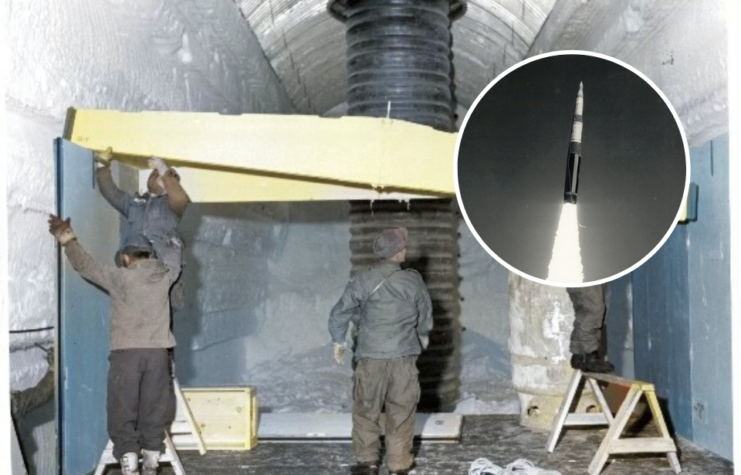
3. Project Iceworm: The Forgotten Missile Network That Never Was
Camp Century was an officially authorised research camp. Unofficially, it was the deployment site for Project Iceworm a covert scheme to place hundreds of nuclear missiles in tunnels beneath the ice, targeting the Soviet Union. Even Denmark, Greenland’s governing authority, was not told about the project. But the active and flowing ice was not suitable for stable missile silos, and the project was cancelled after a couple of years. The actual mission of the base was unknown for decades, and its story is a reminder of the era’s combination of scientific progress and diplomatic duplicity. As climate scientist William Colgan put it, “It’s a new breed of political challenge we have to think about.” The Project Iceworm legacy today fuels international furor over military operations in the poles.
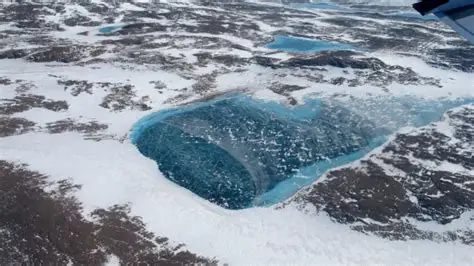
4. Toxic Legacy: Pollutants Trapped in Ice
When Camp Century was closed in 1967, the nuclear reactor was removed, but an enormous cache of waste was left behind. Estimates are that there is over 200,000 liters of diesel fuel, 240,000 liters of wastewater in sewage form and unknown quantities of radioactive coolant and PCBs, all sealed under 35 meters of ice. U.S. and Danish authorities of the time considered that continued snowfall would cover up these hazards forever. As Colgan’s group put it, “They thought it would snow forever, and the phrase they used was that the waste would be kept for all eternity by continuously piling up snow.” Recent inventories indicate the extent of this environmental time bomb, and pose urgent questions of responsibility and remediation.
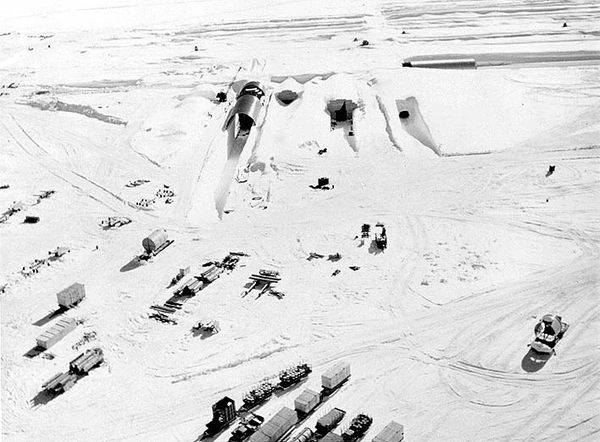
5. Melt of Ice and Pending Danger of Contamination
Climate change has transformed the arithmetic of preservation in the Arctic. Melting of the Greenland Ice Sheet is happening more quickly than ever projected, and projections suggest that by as early as 2090, Camp Century could transition from net snow to net melt. When it happens, the poisonous inheritance of the camp could be released into the surrounding environment, with contaminants carried to the ocean and into Arctic habitats. Researchers have forecast that pollutants will disrupt marine life and threaten indigenous populations. As reported by ABC News, “Toxic waste buried under former nuclear weapons test sites may be exposed by 2100 if the greenhouse gas emissions causing climate change continue at their existing rate.” The danger of mobilized waste has transformed Camp Century from a Cold War relic to a modern environmental challenge.
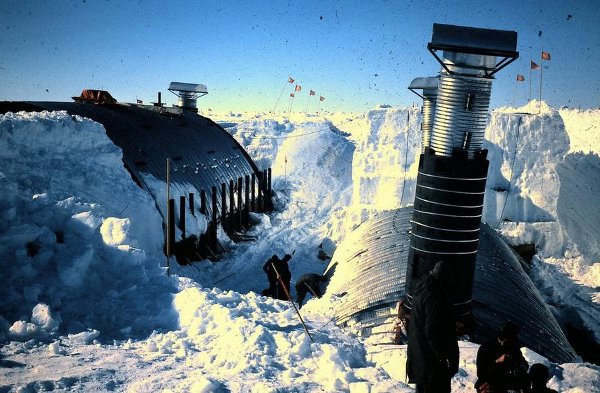
6. Legal and Political Uncertainty: Who Cleans Up the Ice?
Camp Century’s poisonous waste presents not just a scientific, but also a diplomatic problem. The U.S. built the base on Danish territory, yet Greenland is now an autonomous region. International law is clear in terms of halting future poisonous waste but ambiguous when it comes to liability for past pollution. As NYU political scientist Jessica Green put it, “The study shows a large gap in the existing body of laws and regulations we have to contend with environmental issues worldwide.” This uncertainty under law can potentially set a precedent for other discarded military bases around the globe, as ice and permafrost thaw and expose buried toxins. The fight over liability is sure to intensify as the ice recedes.
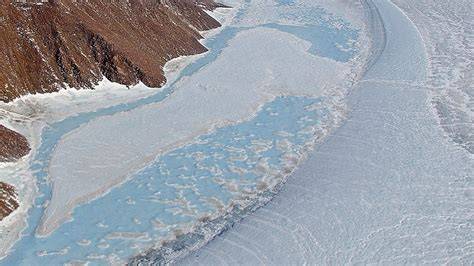
7. Camp Century’s Ice Core: A Window Into Ancient Climates
In addition to its war aims, Camp Century’s greatest scientific success may be its ice core, which was drilled 1,390 meters deep. An oxygen isotope analysis of the core produced the first unbroken 100,000-year record of Earth’s climate, with warming and cooling patterns that underlie the modern climate science. Printed in Science in 1969, “Long-term variations in the isotopic composition of the ice reflect the climatic changes during the past nearly 100,000 years.” This first attempt set the stage for palaeoclimatology and continues to influence forecasts of future climate change.
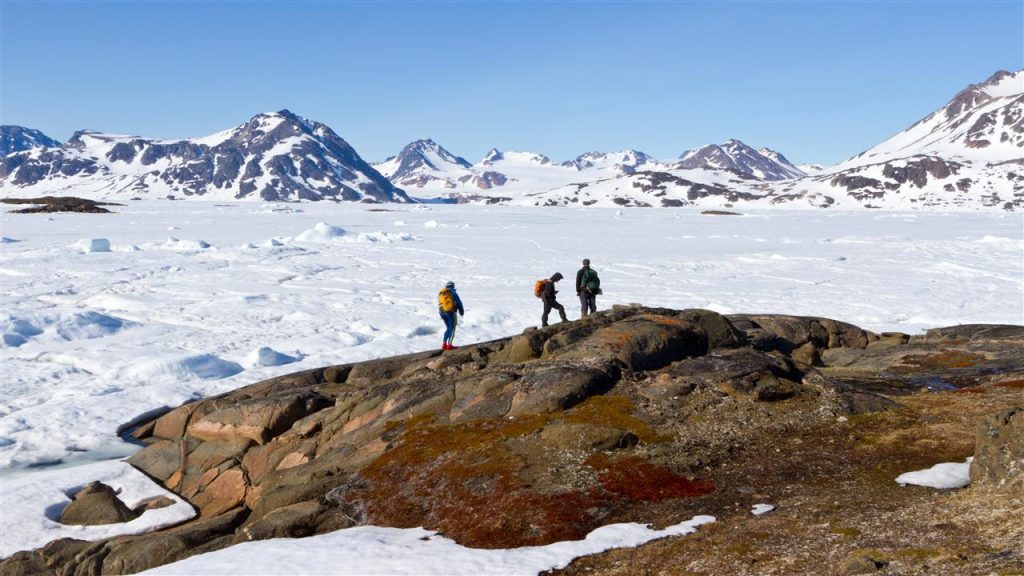
8. Ancient Forests and Tundra Under the Ice
New research at Camp Century of subglacial sediment has revealed fossils of ancient vegetation leaves, sticks, mosses, and insect remains beneath 1.4 kilometers of ice. Cosmogenic nuclide analysis indicates northwestern Greenland was free of ice and clothed in plant cover during the past million years, and maybe as recently as 400,000 years ago. As scientists discovered, “The presence of plant fossils indicated that this region of northwestern Greenland had previously been ice-free and vegetated.” This fossil setting provides us with a unique glimpse of the climatic past of Greenland and presents essential clues for the response of the ice sheet to warming in the future.

9. The Lasting Lessons of Camp Century
Camp Century is a triumph of human determination, drive, and the unforeseen consequences of technological progress. Its rediscovery by NASA has not merely preserved Cold War history but also mapped out the complex ballet between science, policy, and the environment. The double legacy of the site as both engineering achievement and cautionary tale of environmental catastrophe awaits to guide debates over Arctic exploration, nuclear science, and climate resilience. As the ice recedes, Camp Century’s secrets are no longer buried they are challenges to a new generation to overcome.
Camp Century’s tale is only just beginning. As global warming speeds up and advancing technologies plumb the depths of the Arctic, lessons from this icy metropolis become more important with each passing year. Its tunnels and trash, once concealed in the ice, now cry out for international notice not simply as reminders of the Cold War, but as cautions and handbooks for managing polar frontiers in a warming world.


